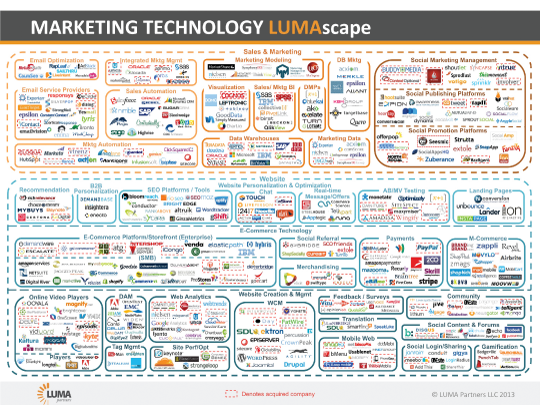A mantra for a small firm or start-up in the 1970s when “Big Blue” was the standard for top notch sales and selling was we need to out-IBM the IBMers.
Search is just one aspect of being able to find what you need to leverage knowledge assets in your work, whether you are in a small firm, a part of a small group in a large organization or an individual consultant seeking to maximize the masses of content and information surrounding you in work.
My thoughts are inspired by the question asked by Andreas Gruber of Informations und Wissensmanagement in this recent post on Enterprise Search Engine Professionals, LinkedIn group. He posed a request for information stating: For enterprise search solutions for (very) small enterprises (10 to 200 employees), I find it hard to define success factors and it seems, that there are not many examples available. If you follow e.g. the critical success factors from the Martin White’s Enterprise Search book, most of them doesn’t seem to work for a small company – simply because none of them can/will investment in a search team etc.…
The upcoming Enterprise Search Europe meeting (May 14-16, 2013) in London is one focus of my attention at present. Since Martin White is the Chairman and principal organizer, Andreas’ comments resonated immediately. Concurrently, I am working on a project for a university department, which probably falls in the category of “small enterprise”. The other relevant project on my desk is a book I am co-authoring on “practical KM” and we certainly aim to appeal to the individual practitioner or groups limited by capital resources. These areas of focus challenge me to respond to Andreas’ comments because I am certain they are top of mind for many and the excellent comments already at the posting show that others have good ideas about the topic, as well.
Intangible capital is particularly significant in many small firms, academia, and for independent consultants, like me. Intensive leveraging of knowledge in the form of expertise, relationships, and processes is imperative in these domains. Intangible capital, as a percent of most businesses currently surpasses tangible capital in value, according to Mary Adams founder of Smarter-Companies. Because intangible capital takes more thought and effort to identify, find or aggregate than hard assets, tools are needed to uncover, discover and pinpoint it.
Let’s take the example of expertise, an indisputable intangible asset of any professional services. For any firm, asking expert staff to put an explicit value on their knowledge, competencies or acumen for tackling the type of problem that you need to have solved may give you a sense of value but you need more. The firm or professional you want to hire must be able to back up its value by providing explicit evidence that they “know their stuff” and can produce. For you, search is a tool to lead you to public or published evidence. For the firm being asked to bid on your work, you want them to be able to produce additional evidence. Top quality firms do put both human and technology search resources to work to service existing projects and clients, and to provide evidence of their qualifications, when being asked to retrieve relevant work or references. Search tools and content management methods are diverse and range from modest to very expensive in scope but no firm can exist for long without technology to support the findability of its intangible capital.
To summarize, there are three principal ways that search pays off in the small-medium business (SMB) sector. Citing a few examples of each they are:
- Finding expertise (people): potential client engagement principal or team member, answers to questions to fulfill a clients engagement, spurring development or an innovation initiative
- Retrieving prior work: reuse of know-how in new engagements, discovery of ideas previously tabled, learning, documentation of products and processes, building a proposal, starting point for new work, protecting intellectual property for leverage, when patenting, or participating in mergers and acquisitions.
- Creating the framework for efficiency: time and speed, reinforcing what you know, supporting PR, communications, knowledge base, portraying the scope of intellectual capital (if you are a target for acquisition), the extent of your partnerships that can expand your ability to deliver, creating new offerings (services) or products.
So, to conclude my comment on Andreas’ posting, I would assert that you can “out-IBM the IBMers” or any other large organization by employing search to leverage your knowledge, people and relationships in smart and efficient ways. Excellent content and search practices can probably reduce your total human overhead because even one or two content and search specialists plus the right technology can deliver significant efficiency in intangible asset utilization.
I hope to see conference attendees who come from that SMB community so we can continue this excellent discussion in London, next month. Ask me about how we “ate our own dog-food” (search tools) when I owned a small software firm in the early 1980s. The overhead was minimal compared to the savings in support headcount.



